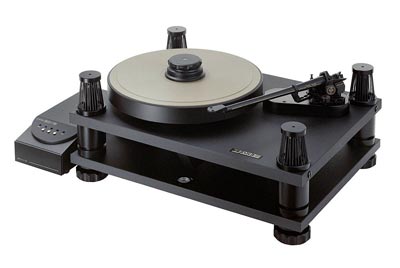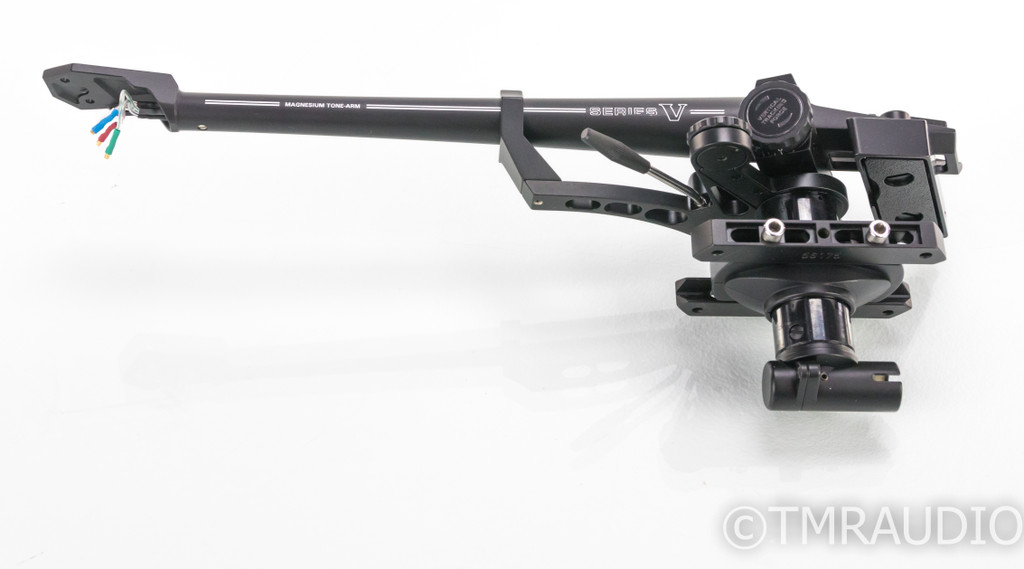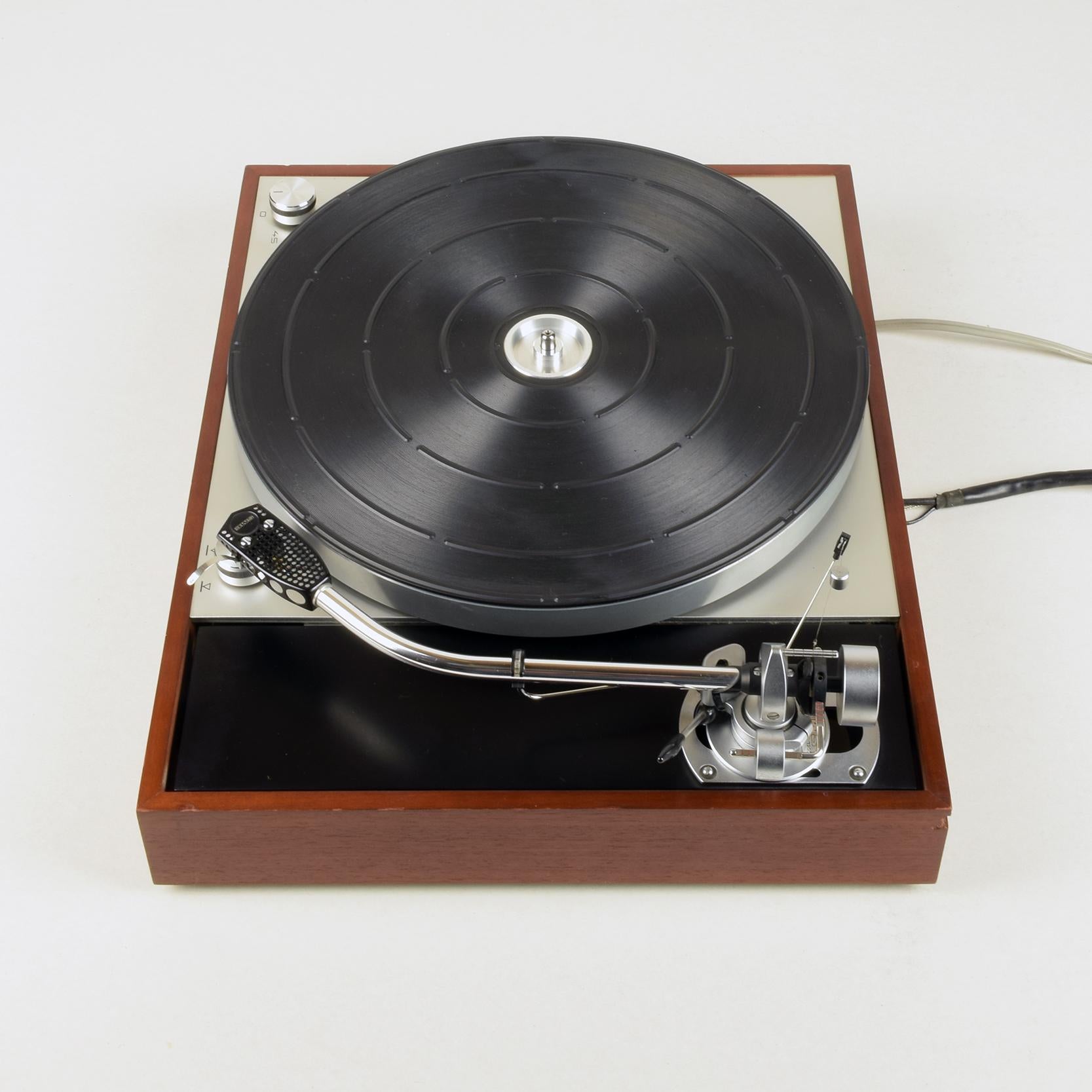
It was drilled for fixings that did not allow any horizontal movement. The armboard was close grain light weight hardwood. I need to work out a diagram to help you but don't have the time at present. So, the armboard was decoupled in the vertical only to ensure no spoiling of geometry. My experiment found there was no need for any horizontal decoupling. Hmm, well what's going on here is decoupling in all directions which will not allow geometric rigidity which my system allowed. Who knows, I've long ago realised that we can only trust 2% of the info that's out there but haven't yet figured out which 2% :D. Maybe that's why a loose nuts works on Regas! Tight ones might transmit higher frequencies which are at a level to be heard interfering. This is a bit like the rigid v floppy speaker stand scenario isn't it. The difference between the stylus force and the kinetic energy of the arm mass must be huge and negligable unless it happens at a sympathetic frequency but I can't see it being great enough if the coupling is really loose as it would have to be very low and powerful. The washers let the arm move under a gentle force from a hand but I think that, in practice during use, the arm isn't going to exactly flop around with them. Mayware for example supplied optional large rubber washers to go on the arm pillar, but their own Thorens mount was perspex and cut 20mm for use without the washers which is interesting. Some materials will help loose noise from the deck (convert it to heat) and others will prevent transmission to the arm (mechanical impedance). Hi Greg, Yes see what you mean, any material be it wood, plastic, metal, rubber etc between arm and source of noise is going to be a decoupling of a degree (frequency and level) anyway. On my 401 theres the hole for the jvc ua5045 arm and another on the back for an rb251 aswell, both bang on and repeatable on any deck you care to mention!īear in mind though that i used a pillar drill to make sure the holes were exactly square so the jig was as accurate as possible

make sure its square to the top of your plinth when you do thisīeauty of this way is that if you want to put a different arm on you simply drill another hole in the jig at the mounting distance for that arm, and its durable so you can use it for any deck and any arm combination. Put the end without the spike over the spindle and as the top of the spindle is domed it will centre itsself and you will be able to screw the spike up and down to contact the plinth at exactly the right mounting distance. Screw an 8mm speaker spike into the hole youve just drilled (it'll tap its own thread) from the underneath. Then on the top face, measure your arm mounting distance (i.e 222mm) from the hole edge, remembering to take off 0.5mm from the mounting distance.ĭrill another 1mm pilot, then another 7mm hole. then on the underside drill a 7mm hole half way through using the 1mm hole as a pilot. get a 13" long piece of wood, drill a 1mm hole in one end all the way through square to the underside. If it is the 27 degrees as quoted in VE then it really will need the cart turning in the shell to get decently low distortion.īest way to mount an arm on the 401 ive found is to make a simple jig. Hal, if you can check the headshell angle and the length from pivot to stylus it will help. I made an alignment protractor for DTB which he reports as doing the trick. I'd start by checking the headshell angle, you can turn the cart if you need to (Rega and OL cannot both be corrrect unless the cart is turned in one of them) but the angle it's set at will lead to the true designed geometry.ĭecca too is something of a mystery and is very poor if the Vinyl Engine figures are correct. Do you have the alignment card and what are the 2 distances from the spindle? OL quote different figures to Rega so it's worth investigating. Rega geometry is a bit obscure as they only give a 222mm mounting distance and a 2 point alignment protractor afaik.

Most carts are 17mm from record surface to top of body/underside headshell when playing, might help with initial offering up, mounting block height etc.ĭo remember to leave clearance for the counterweight arc if a lid is involved - and the fingerlift too may scribe a wider arc than realised at the front - been there with that one.

Several secondhand Thorens mounts I have are drilled too close so this is an easy mistake to make. If using a strip of card with spindle hole in one end and pin/pencil point in the other to set the mounting distance, keep it level with the platter, bending it down to meet the plinth will shorten it 2-3mm.


 0 kommentar(er)
0 kommentar(er)
